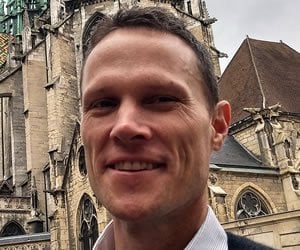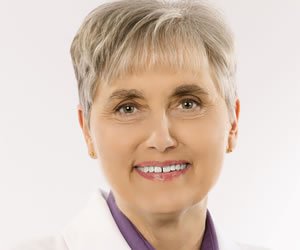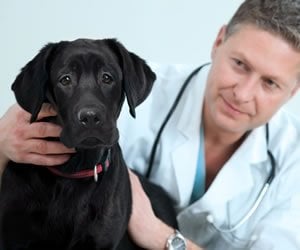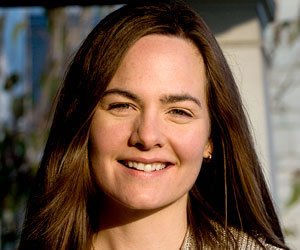
Sleep Deprivation and Residents: Are We on the Right Track?
The tradition of long hours on the floor is an old one in American medical ... Read more
Brian Wu
Updated June 26, 2022 by Brian Wu

The tradition of long hours on the floor is an old one in American medical ... Read more
Brian Wu
Updated June 26, 2022 by Brian Wu

One of the continuing challenges for medical schools both here in the United States and ... Read more
Brian Wu
Updated June 26, 2022 by Brian Wu

If you are in medical school, you have been making choices for a long time ... Read more
Brian Wu
Updated June 26, 2022 by Brian Wu

Stephen Aichele, PhD, is a research scientist in Switzerland in University of Geneva’s Psychology & ... Read more
Juliet Farmer
Updated August 31, 2022 by Juliet Farmer

Reposted from here with permission. As I sat in my institution’s white coat ceremony this past fall, ... Read more
Amanda King
Updated June 14, 2019 by Amanda King

Make sure to check out Part I here! Today’s article takes a closer look at ... Read more
Jennifer Colagiovanni
Updated June 26, 2022 by Jennifer Colagiovanni

Junior doctors [and residents in the US] do a valuable and sometimes life-saving job for ... Read more
Anne Caler
Updated June 26, 2022 by Anne Caler

I was in the middle of a fairly busy day on the palliative care ward, ... Read more
Romesa
Updated June 26, 2022 by Romesa

Though the emphasis of the medical school application process lies on academic achievement, there are ... Read more
Anubodh “Sunny” Varshney
Updated June 26, 2022 by Anubodh “Sunny” Varshney

Neurologist David Perlmutter, Fellow of the American College of Nutrition and member of the American ... Read more
Juliet Farmer
Updated June 26, 2022 by Juliet Farmer

One of the great things about your pre-clinical years (years 1 and 2) is that ... Read more
Adelle
Updated June 26, 2022 by Adelle

Terry Wahls, MD, is a clinical professor of medicine at the University of Iowa, where ... Read more
Juliet Farmer
Updated June 26, 2022 by Juliet Farmer

Joseph Kinnarney, DMV came to this year’s UC Davis Pre-Health Conference with one goal in ... Read more
Suzanne Barston
Updated March 16, 2019 by Suzanne Barston

The thrill and responsibility of holding someone’s life in your hands, the ability to act ... Read more
Richard Reich
Updated June 26, 2022 by Richard Reich

One of the things I enjoy most about writing this med school column is that I get to ... Read more
Adelle
Updated June 26, 2022 by Adelle

Norman J. Pastorek MD, FACS specializes in facial plastic surgery. He trained at The University ... Read more
Student Doctor Network
Updated June 26, 2022 by Student Doctor Network

While there were many engaging sessions held at the 2015 UC Davis Pre-Health Conference, a ... Read more
Suzanne Barston
Updated March 16, 2019 by Suzanne Barston

The transition to clinical clerkships in medical school comes after two years of lectures, in-class ... Read more
AJ Nguyen
Updated June 26, 2022 by AJ Nguyen

Dr. Christine Montross is Assistant Professor of Psychiatry and Human Behavior and the Director of ... Read more
Christy Duan
Updated June 26, 2022 by Christy Duan
Current phase of the application cycle.
You are viewing information for the Early Prep phase of the application timeline.